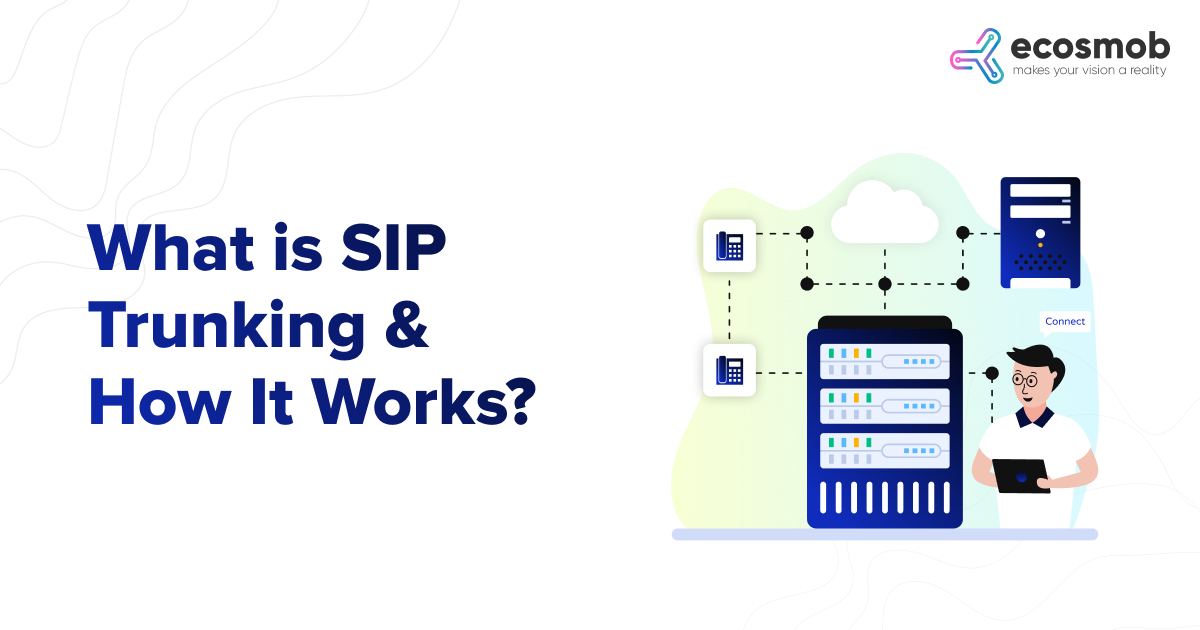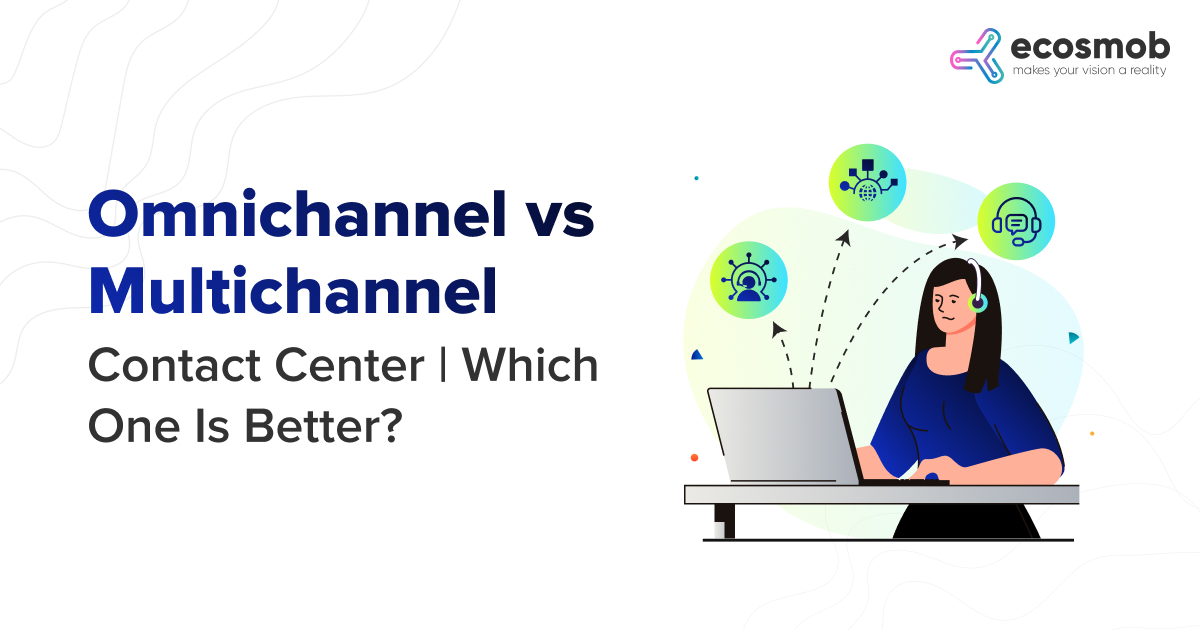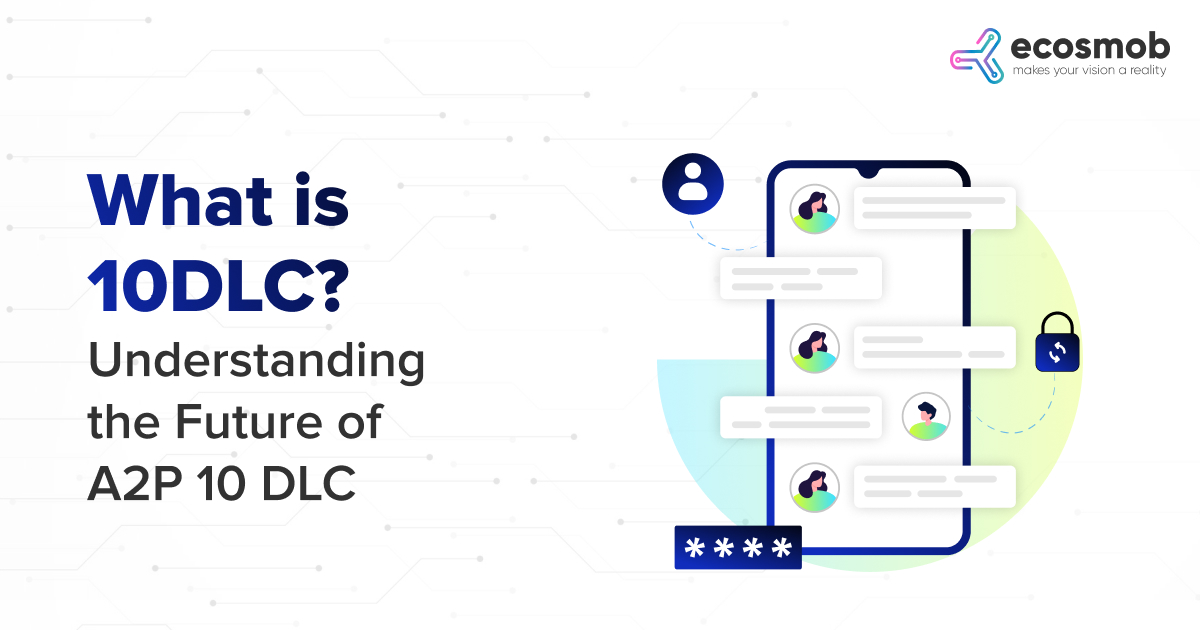New developments in IP communications have turned the tide for the global telecommunication industry, propelling it into the domain of VoIP (voice over internet protocol). According to a report by Market Research Future, the world’s VoIP market is expected to reach US$ 58.21 billion by 2025, at a CAGR of 12.2%.
While this is definitely good news for VoIP service providers, increasing demand has also meant ramping up infrastructure in quick time. As VoIP service providers pull out all the plugs in upgrading their existing VoIP infrastructure and providing quality services, the one thing that is emerging as a top tool to procure on their list is the Class 4 Softswitch.
A softswitch is essentially a middle device that is used for initiating and routing calls through telecommunication networks. A VoIP softswitch helps carry out important tasks in managing telecommunication activities like call routing, call control, signaling, data management, and sending voice, video, and data information. VoIP softswitch solutions like Class 4 and Class 5 softswitch have helped power the development of infrastructure in the VoIP industry.
However, between the two softswitch solutions, it is the Class 4 Softswitch solution that has become acknowledged as the best tool that helps route call traffic en masse from one destination to another. A class 4 softswitch enables the routing of VoIP calls to international destinations using IP networks. Connecting with a local class 5 softswitch, a class 4 softswitch sends calls through international channels and then connects with another class 5 softswitch to complete the call.
A class 4 softswitch solution is emerging as an important VoIP tool as it routes calls from a source to a destination, dealing with carriers, data, and call volume as well. In this blog, we dive deep to know the class 4 softswitch in detail. We’ll also find answers to why it makes VoIP services more robust and reliable.
What is a Class 4 Softswitch?
Call switching as a practice has been around in the telecommunication industry for a long time. It has been used to interface callers with their recipients. Before the softswitch landed on the horizon, this process was conducted manually, with administrators shifting phone lines physically from one circuit to the next. The Softswitch has made this practice automated.
A softswitch software helps to launch, manage, route, and terminate calls in VoIP networks. Both class 4 and class 5 softswitch have emerged as the most widely implemented solutions for routing calls through different networks. For instance, if a user in the United Kingdom wants to call a number in the USA, a class 4 softswitch will route the international call and maintain it as well till the call ends.
VoIP networks use different types of codecs and protocols. Also, the caller and the recipient may be using different types of telephony infrastructure. In such a scenario, the VoIP softswitch does the transcoding of the different codecs that are used at both ends of the call. The same holds true for protocol conversion as well. If it is different at both ends of the calling line, the class 4 softswitch does the protocol conversion to ensure a smooth flow of audio or video signals.
The class 4 softswitch was originally been designed to carry out the functions of call routing, protocol conversion, and transcoding seamlessly. But overtime new and path-breaking features have been added to the solution. The new versions of the class 4 softswitch come with security provisioning, failover, load balancing, backup, and reporting. It’s turned the technology on its head, making it a one-stop solution for all VoIP call connections.
What’s more, the new breed of class 4 softswitch solutions also support more call volume than its predecessors, giving VoIP solution providers an opportunity to scale their infrastructure and services. The solution also comes as a web based application making it easy to be accessed remotely, and enable a cost-efficient way of scaling voice services and offering a foolproof presence between interexchange carriers.
Read out another blog on why should you have technical support for Class 4 SoftSwitch?
Features of a Class 4 Softswitch
The class 4 softswitch comes with a range of diverse features that make it seamless for VoIP service providers to route calls in bulk from users to recipients. Let’s look at some of the core features of this critical component of telecommunication networks:
Call routing
The class 4 softswitch seamlessly manages voice traffic within telecommunication networks. The software’s intelligent call routing feature helps to route calls between users and recipients while also reducing overcrowding, latency, and costs. On the other hand, call quality remains a top-performing asset.
Supports WLR customers
The class 4 softswitch supports wholesale line rental customers, as it allows suppliers to rent access lines on wholesale terms and then resell those lines to their users.
Offers different kinds of routing
This software switch solution enables geographic, non-geographic, and nomadic routing for inbound calls. Using this solution, calls can be routed to emergency numbers as well, in quick time. What’s more, the class 4 softswitch also supports routing for class 5 and resellers too.
LNP, MNP, and fax routing
The list of routing that the class 4 softswitch enables also includes local number portability (LNP) for fixed lines and mobile number portability (MNP) for mobile phone line routing. This feature allows VoIP service providers to manage routing based on the number that was dialed. Class 4 softswitch also facilitates fax routing, if required by the user.
Easy to use web interface
The web interface that the class 4 softswitch comes equipped with is easy to use, advanced, and stable. This makes it easy for VoIP service providers to use and manage the software.
Failover support and load balancing
One of the key features of a class 4 softswitch are load balancing and failover support. Using these features VoIP service providers can facilitate uninterrupted connections and completely negate the chances of a server breakdown or a system slow down. Using load balancing features, the softswitch is able to manage any amount of load without affecting the quality of calls or without any system shutdowns. The powers of the failover support feature kick in when there is a system failure. It acts as a backup system that ensure that the VoIP telephony system runs smoothly without crashing or causing any other disruptions.
Track the volume of traffic with ease
Using a class 4 softswitch, VoIP service providers can easily keep tabs on the traffic volume that their VoIP services handle. They can have easy and instant access to all critical details like the rate of calls per second, the number of concurrent calls, or the average time taken for every call routing.
Easy black or white list routing
The class 4 softswitch comes with the ability to route incoming calls as per a blacklist and whitelist of phone numbers.
Seamlessly generate call reports
The billing interface that most class 4 softswitch software comes with gives VoIP service providers easy access to call data records, be it inbound, outbound, or unauthorized calls. The software is also capable of filtering out all relevant information on the basis of data, clients, and other parameters that a customer may require. Using these parameters, the software creates reports on the calls being made and received, call routing, as well as on traffic volume.
Enables active call reporting
Using the class 4 softswitch software, VoIP service providers can monitor all active calls. This includes calls that are still ringing or have been connected.
Why VoIP Service providers need the power of Class 4 Softswitch
Class 4 Softswitches have emerged as an indispensable tool for VoIP service providers as they handle huge amounts of call traffic over the internet. Besides providing scalability, uptime, and integration with other products, softswitches also facilitate least cost routing, billing, and monitoring – features that are key for VoIP service providers. Let’s look at each of them in detail.
● Reimaging routing with Class 4 Softswitch development
Class 4 softswitch offer VoIP service providers the most streamlined and efficient way to route calls, handle congestion and reduce overall operational costs. How do softswitches control routing to ensure profitability for VoIP service providers?
– Class 4 softswitches select routes that cost the least among all available routes in cross-border networks. This greatly impacts the profitability of service providers.
– The class 4 softswitch also uses percentage routing which helps it to decide the best route to take, based on a set of percentages and by prioritizing calls. This again directly impacts the bottom lines of VoIP service providers.
– Dial plan routing routes incoming calls as per set rules, and this often stops VoIP systems from performing to their optimum capability. Class 4 softswitches are a game-changer as they use AI to help the system take intelligent routing and traffic management decisions.
– AI also helps class 4 softswitches improve fax routing, geographic, non-geographic, and nomadic routing, emergency number routing, and routing to resellers and class 5 softswitches.
● Turning billing smarter with Class 4 Softswitch
Billing directly impacts profits in any enterprise. White-labeled class 4 softswitch software helps turn billing processes seamless for VoIP service providers by accounting perfectly for every minute of usage. It comes with the capability to manage accounts and monitor their call traffic.
Class 4 softswitches also leverage AI to monitor traffic and find anomalies, handle calculations, billing, reminders, and payments, and help VoIP service providers to fix the billing rates as per different parameters that are unique to different end-users or resellers.
VoIP telephony systems are witnessing a transformation that has been single-handedly led by AI, as it is increasingly powering language translation, speech recognition, chatbots, IVR, and contact center operations. Likewise, smart, AI-powered softswitches are also enabling VoIP service providers to provide better services and keep a constant vigil on their routing and billing processes.
VoIP Class 4 softswitch development also helps VoIP service providers comply with regulatory policies. Using new technologies like AI, softswitches give VoIP enterprises a clear competitive edge in number portability, emergency operator services, or permitting lawful intercepts.
Benefits of Class 4 softswitches for VoIP service providers
The Class 4 softswitch has made permanent inroads into the world of VoIP technology for good reason. Its reliability and scalability have made it a must-have for service providers. What benefits does the software bring to VoIP service providers? Let’s take a quick look.
Boosts ROI
Class 4 softswitches reduce expenses, make it easier to manage VoIP systems, and ensure that they are always operational.
The software is easy to set up
The class 4 softswitch does not need any hardware like wiring and infrastructure, to be set up. It’s a one-day job that your VoIP service provider will do for you for no extra cost.
High on reliability
Once the setup of failover and load balancing is done, the class 4 softswitch can handle any crisis situation for a VoIP provider – be it increased load or failure. The system automatically alters the configurations to ensure that the VoIP system works to its maximum capacity.
The software can be accessed remotely
The class 4 softswitch comes with a web based access panel which allows the system to be accessed from anywhere. You don’t need to be on the computer that has the software installed. Any action on the softswitch can be taken remotely.
Class 4 softswitches guarantee scalability: The softswitch can be scaled in quick time, and efficiently, in order to support any client. Businesses don’t have to worry about growing their communication infrastructure as they grow. Class 4 softswitches boost capacity seamlessly.
Class 4 Softswitch: A robust way to handle wholesale VoIP traffic
Class 4 softswitches come with a laundry list of features that have turned VoIP services more profitable thanks to efficient routing and billing. What’s more, being a robust, scalable, and consistent solution, the softswitch can easily manage and control VoIP calls, signaling, and every other aspect of large-scale VoIP calling.
To know more about why class 4 softswitch makes VoIP service more attractive, contact us















